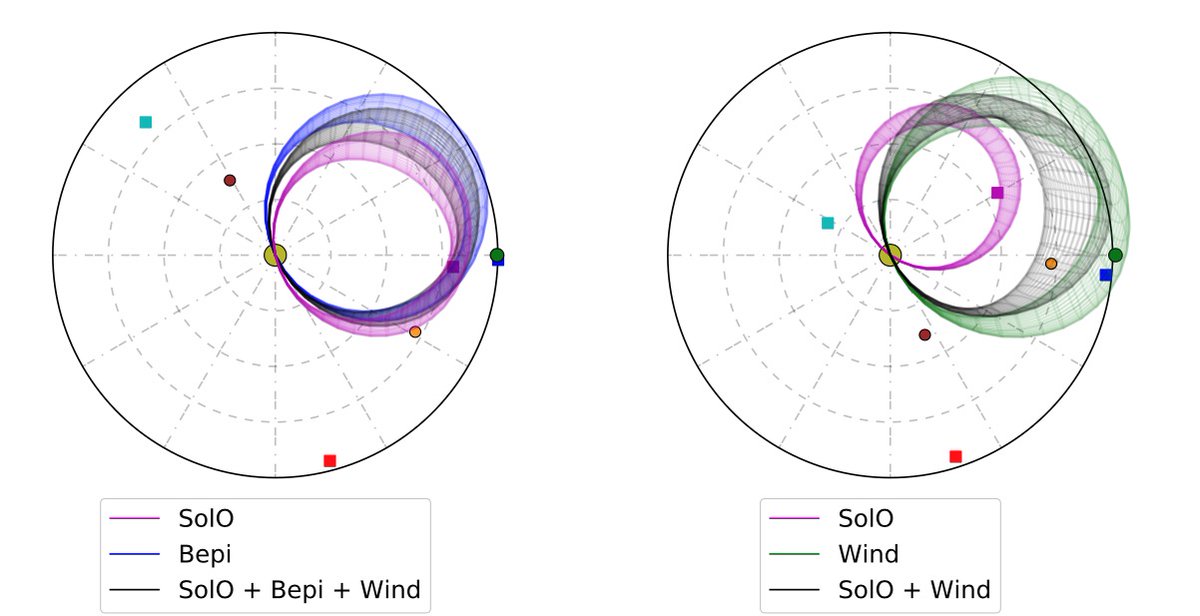
Indeed there are solar storm events like @TamithaSkov described in which the flux rope type and orientation indicate either a strong deformation/rotation along the flux rope axis.
iopscience.iop.org/article/10.108…
(hope its not too much showing off one's own papers from a decade ago ...)
iopscience.iop.org/article/10.108…
(hope its not too much showing off one's own papers from a decade ago ...)
https://twitter.com/TamithaSkov/status/1503780055406702594

The challenge is to find a model that can describe these multipoint in situ observations consistently with a single rope, not only locally cylindrical structures. A starting point could the recent paper led by our team member Andreas Weiss (under review) arxiv.org/abs/2202.10096
Also note that a global cylindrical structure without deformation/rotation can work sometimes for even larger spacecraft separations (like 30°), though then the single vs. multipoint fit results are very different.
Weiss et al. 2021 A&A: aanda.org/articles/aa/fu…
Weiss et al. 2021 A&A: aanda.org/articles/aa/fu…

In summary, there is a LOT of unresolved open questions in our understanding of the global ICME structure.
• • •
Missing some Tweet in this thread? You can try to
force a refresh





